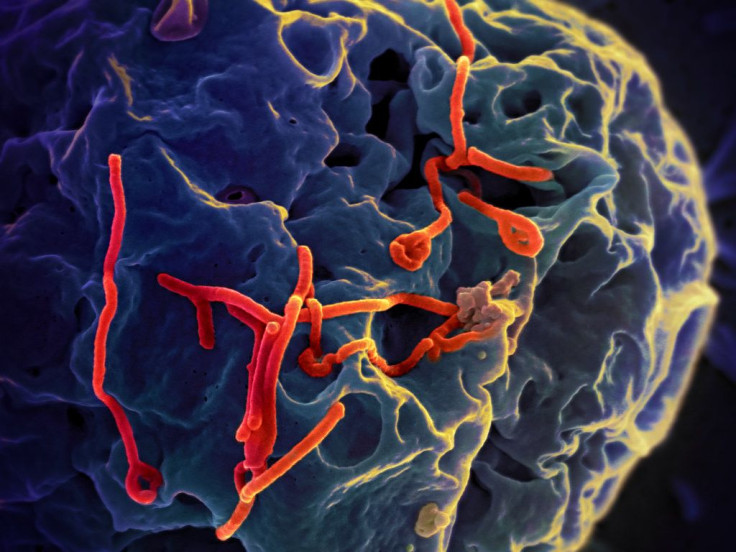The Contagious Nature Of Ebola: How Did Duncan, The Texas Patient, Not Infect Anyone Besides His Nurse?

Do scientists really know everything about how Ebola spreads from person to person? Since the outbreak began, we’ve been told by the Centers for Disease Control and Prevention it is only spread through direct contact with blood or bodily fluids while a person is symptomatic. This precise, no-nonsense explanation seems a little difficult to trust in light of the strange case of Thomas Eric Duncan, the Texas patient who infected his nurse. If Ebola only spreads in the manner we’ve been told, how on earth did no one besides his nurse contract the deadly disease from this man?
After all, feeling sick, he arrived at the hospital emergency room. Treated by health care workers, who were not wearing protective gear, Duncan was sent home with antibiotics (a prescription he filled?) where he stayed for two days before returning to the hospital and submitting to quarantine. In the time between leaving the hospital and returning, Duncan and his bodily fluids must have made contact, possibly repeatedly so, with at least one or two other people, none wearing protective gear. Weren't we told by Reuters he even vomited on the sidewalk outside the apartment building where he stayed?
Let’s go back to the CDC. “Ebola is spread through direct contact (through broken skin or mucous membranes, for example, the eyes, nose, or mouth),” the website explains, with:
blood or body fluids (including but not limited to urine, saliva, sweat, feces, vomit, breast milk, and semen) of a person who is sick with Ebola
contaminated objects (like needles and syringes)
infected animals
Ebola is not spread through the air or by water, or in general, by food. However, in Africa, Ebola may be spread as a result of handling bushmeat and contact with infected bats.
While the World Health Organization maintains the incubation period varies widely, as short as two days from first exposure to as long as 21 days, one certainty is that people are only infectious as long as their blood and secretions contain the virus. That said, laboratory tests suggest Ebola virus can remain in the semen of survivors for up to three months.
Considering the landscape, then, the nature of contagion appears slightly more complex than scientists know or can convey to us non-scientists. Perusing the scientific literature, it’s clear the probability of transmission of any virus depends on basic virulence and intensity as well as number of contacts. Your statistical probability of becoming infected by a contagious person rises as your repetition of contacts increases, as Forbes ably explains. Yet, the spread of any infectious disease is an awkward dance of both biological processes and social factors, and so it may be that “incubation time itself is a function of intensity and nature of contact,” according to the authors of a new study questioning whether the 21-day quarantine period needs be extended.
When asked about transmission, Dr. George Amato, Director, Sackler Institute for Comparative Genomics at the American Museum of Natural History, told me, “I think it’s a difficult thing to speak to because we’re living in a period where we’re just beginning to understand how much we don’t know.” Not only do many question marks surround Ebola, not enough is known about the general topic of viruses, either — those microparticles which can only be seen with an electron microscope.
Viruses, strangely enough, occupy the space between living beings and nonliving things. Despite their tiny size, viruses contain a nucleic acid, a protein coat, and a membrane. Yet, unlike bacteria or human cells, viruses cannot carry out the chemical reactions necessary for sustained life on their own and must take over a host cell to make more viruses. Because of this constant truck with host beings, viruses can change, both dramatically and genetically. For example, what once was SIV, a non-pathogenic virus in apes, transformed into HIV, the killer human strain.
“It seems to me just a short time ago that Ebola was new,” Amato said. For the time being, we need to accept that we’ve only just begun to learn about this deadly virus, and even if we do come to understand all there is to know, things may change from there.



























